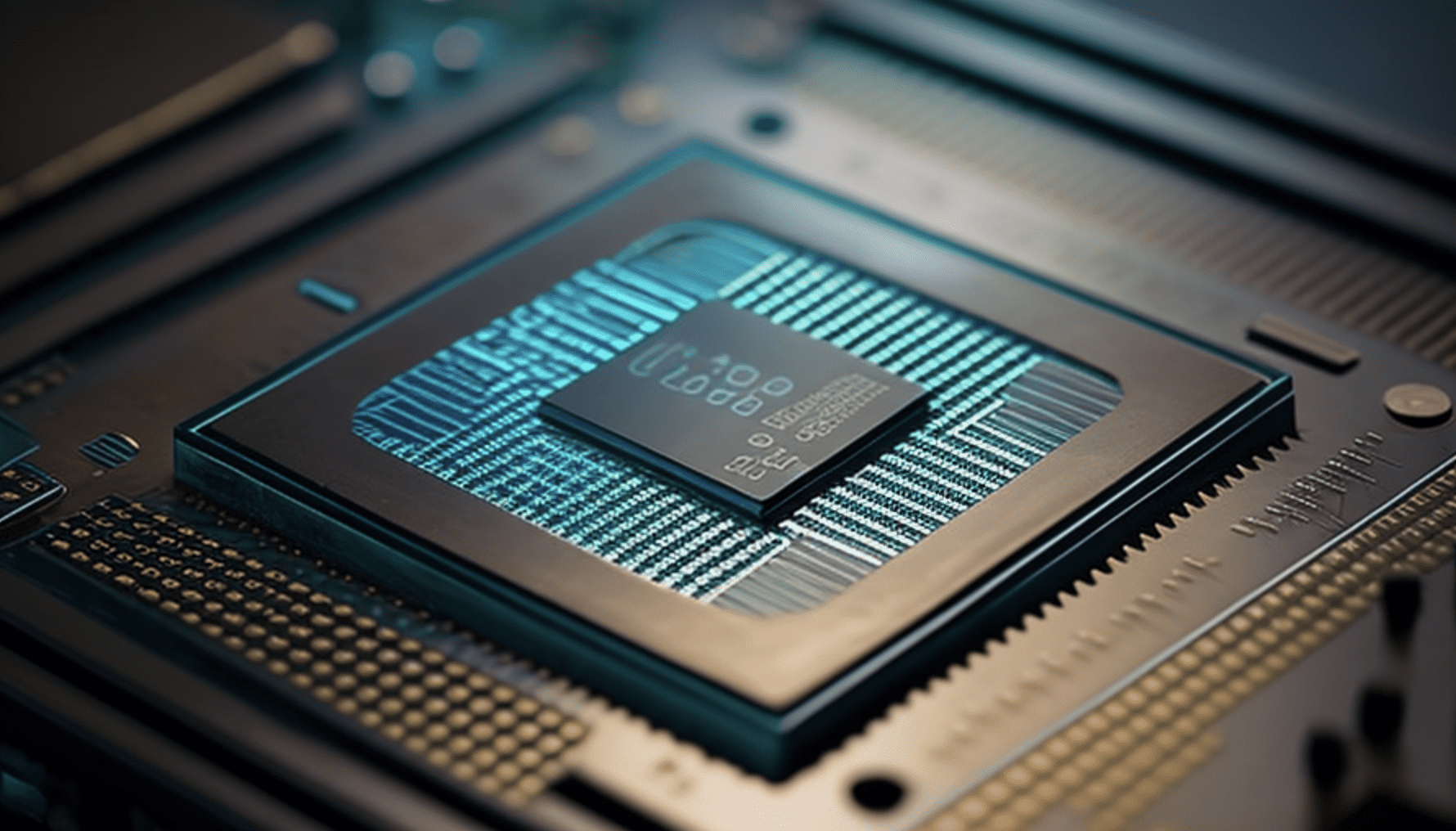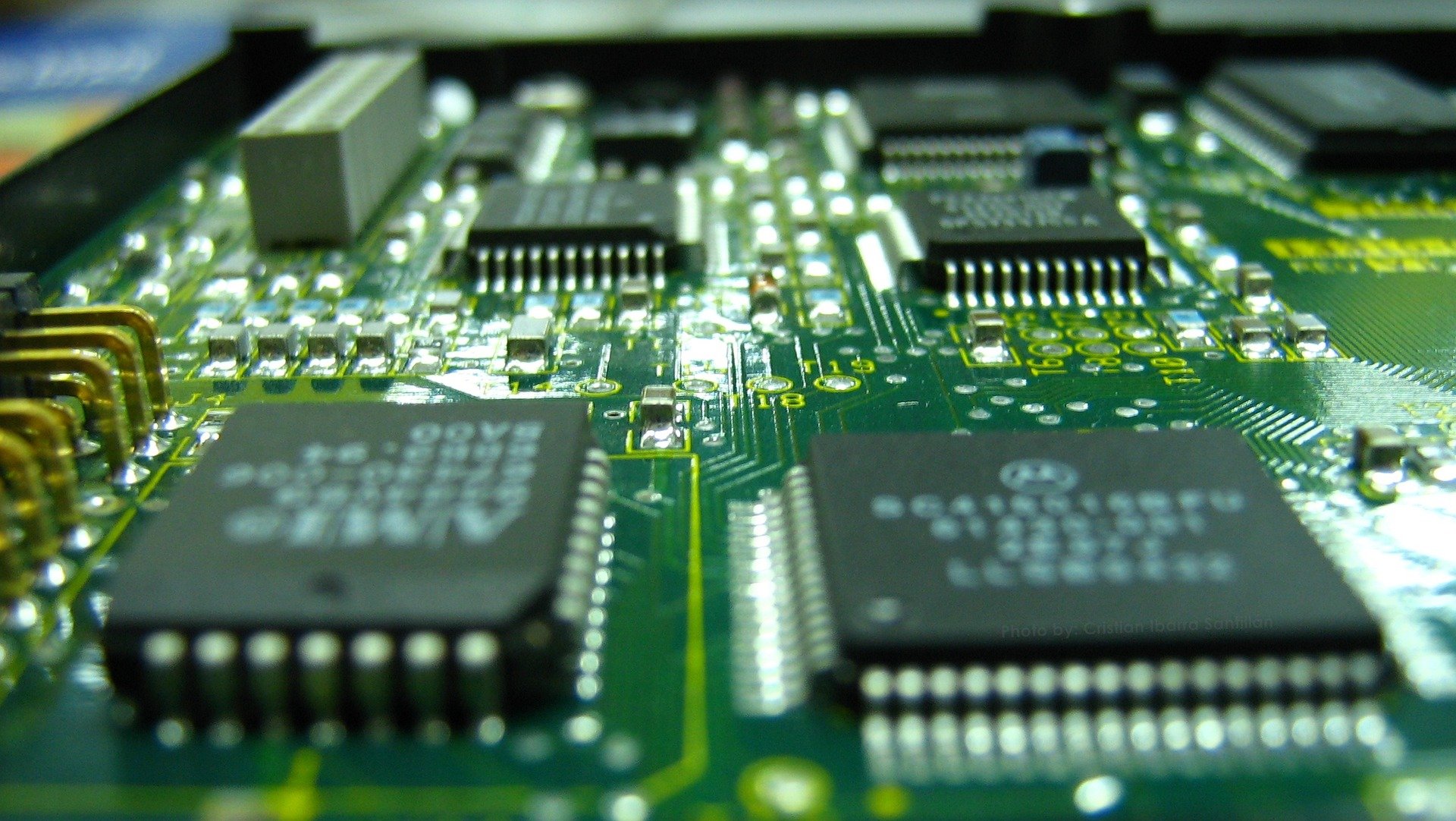
Europe is launching a new semiconductor strategy in an attempt to increase its global market share from 9% to 20% by 2030. The European Chips Act will invest over €43 billion in public and private funds to boost the region’s competitiveness and resilience in semiconductor technologies. This is not the first time the EU has big ambitions in the semiconductor industry. In the ’80s the ESPRIT program failed to address Europe’s microchip dependence. The current plan faces challenges from geopolitical tensions and competition from the US, which has allocated $52 billion to its own semiconductor projects. Europe’s success will depend on turning commitments into reality, managing tasks like permitting and infrastructure, and attracting talent.
A look back: ESPRIT, Philips, and Siemens
In the 1980s, the European Strategic Programme for Research and Development in Information Technology (ESPRIT) was launched, with Philips and Siemens playing central roles with their megachip project. The megachip project was a failure and these companies later exited the semiconductor business, spinning off to form NXP and Infineon, respectively. Although the ESPRIT program fell short of achieving its microelectronics goals, it undeniably had a positive impact on European innovation.
ASML, a the primary supplier of lithography machines to the semiconductor industry, and TSMC, the world’s largest semiconductor company, can trace their roots back to the ESPRIT program. TSMC, in particular, was the result of a successful Taiwanese semiconductor strategy that began in the 1970s with state-directed efforts, government agencies negotiating knowledge and investment transfers with foreign partners. This leaves a bittersweet aftertaste, since the original vision of ESPRIT was to have a TSMC like company in the EU.
The European Chips Act: A new hope
The European Chips Act, currently being prepared, aims to learn from the failures of the ESPRIT program and the success of Taiwan’s semiconductor strategy. The Act will address strategic asset chips for industrial value chains and emerging markets like automated cars, IoT, space, and supercomputers. With a goal to double the EU’s market share by 2030, the Act will mobilise over €43 billion in public and private investments, focusing on research, technology leadership, manufacturing, and supporting SMEs.

Additionally, the Chips Act will develop an understanding of global semiconductor supply chains, address skill shortages, attract talent, and support the emergence of a skilled workforce. Investments will exceed €15 billion in public and private funds, complementing existing programmes like Horizon Europe and the Digital Europe programme. Over €43 billion of policy-driven investment will support the Chips Act until 2030, matched by long-term private investment.
Challenges and geopolitical tensions
The European Chips Act tries to address several challenges, including geopolitical tensions such as the China-Taiwan relationship, which risks cutting off advanced chips supplies, and the US-China trade disputes. The Netherlands has imposed export controls on Dutch chips equipment supplier ASML, complicating matters. The Act seeks to make Europe less dependent on foreign technology and easily disrupted supply lines. In the case of international tensions, conflicts, or other disruptions, such as a pandemic, the European industry will feel less of an impact.

Another challenge is the competition from the US, which has allocated $52 billion to its semiconductor projects, and the US Department of Commerce hiring over 100 people for the CHIPS and Science Act implementation. Europe currently lacks similar resources and expertise, highlighting a growing disconnect between the US and EU in their capacity to implement plans.
Moving forward: Implementing the European Chips Act
For the European Chips Act to succeed, Europe must turn its commitments into reality by managing tasks like permitting, infrastructure, and amenities for talent. Collaboration between research, education organisations, and stakeholders is crucial. The Act is subject to formal approval by the European Parliament and Council and will then be directly applicable across the EU.
Europe’s semiconductor industry has evolved significantly since the ESPRIT program of the 1980s, and the ambitious European Chips Act offers a renewed opportunity for the region to advance its position in the global semiconductor market. By learning from the past and addressing the challenges posed by geopolitical tensions and competition, Europe has the potential to make a significant impact and avoid repeating past mistakes.






